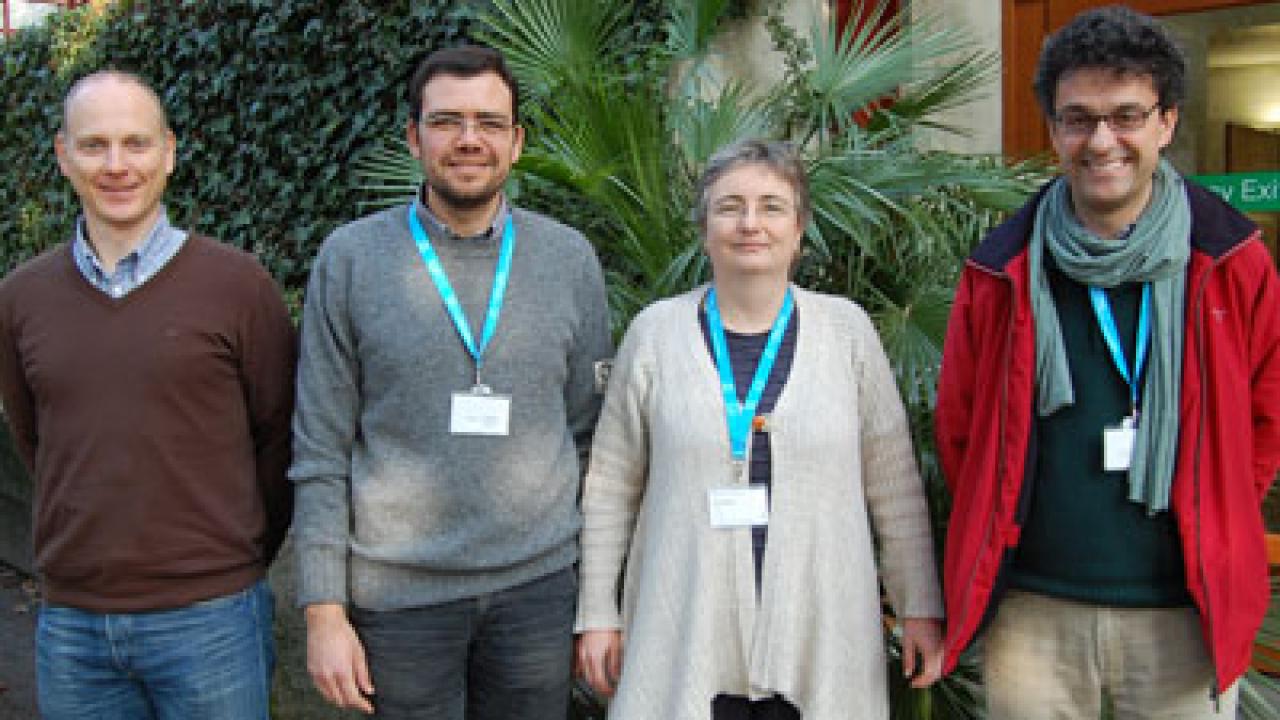
Nearly 300 scientists, representing fields as diverse as
nanoscience, biochemistry and geophysics, convened at ICTP in
Trieste to attend the 15th International Workshop on Computational
Physics and Materials Science: Total Energy and Force
Methods.
The workshop, which ran from 13 to 15 January 2011, was devoted to
recent advances in computational condensed matter physics and
materials science, based on realistic calculations of the
electronic structure of complex systems.
Computation now represents an essential component of modern
research in numerous fields of physics. And as the strength of
computers grows, so does the field of computational physics. Says
Ralph Gebauer, the Workshop's local organizer, "A few years ago we
could only do test calculations and proof concepts of our methods.
Now we can compute some very meaningful material predictions.
Theory has moved much closer to experiment. In addition, the
powerful computers have helped us improve the quality of our
algorithms."
Workshop presentations covered a number of theories and methods,
such as Density-Functional Theory, Ab-initio Molecular Dynamics,
and electronic transport. Reflecting ICTP's mission to improve
science in developing countries, the Workshop attracted a large
number of scientists from developing regions of the world. Gebauer
says that from a cost viewpoint, computational physics can be done
nearly anywhere. "Computational physics is inexpensive, you only
need a computer. In Africa, the field has benefitted from computer
donations and a huge supercomputer centre in South Africa that is
easily accessible throughout the continent," he says.
The Workshop was co-sponsored by the International School for
Advanced Studies (SISSA), Democritos, Psi-K, Centre Européen de
Calcul Atomique et Moléculaire (CECAM), the Asia Pacific Center for
Theoretical Physics (APCTP), and the Nanoscience Foundries and Fine
Analysis (NFFA) project. For more details about the Workshop, visit
its website.













